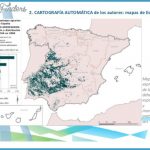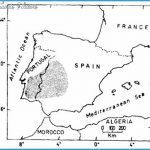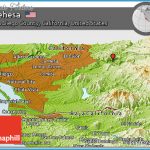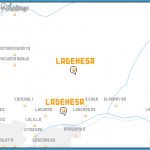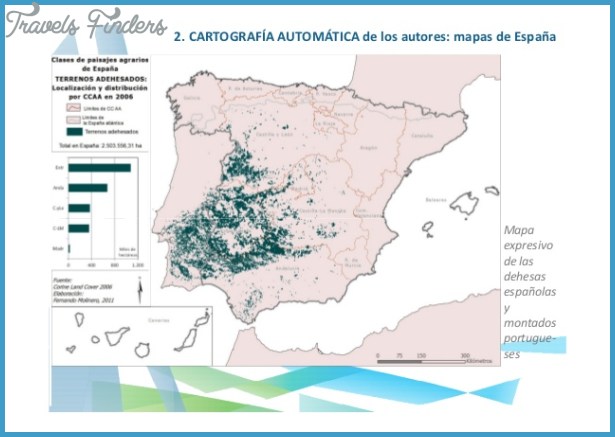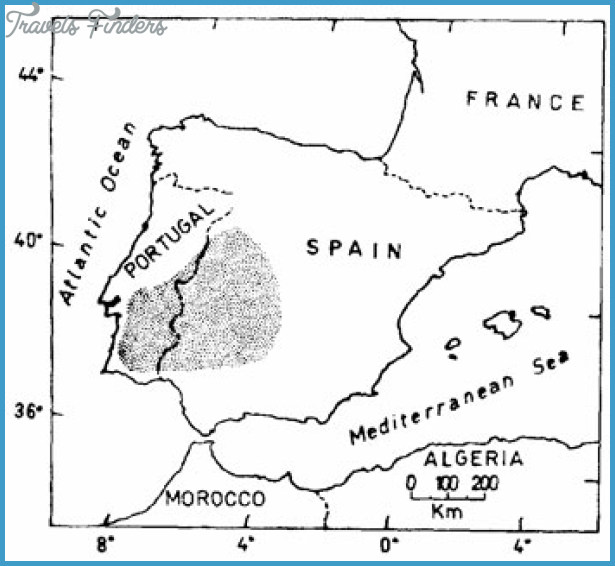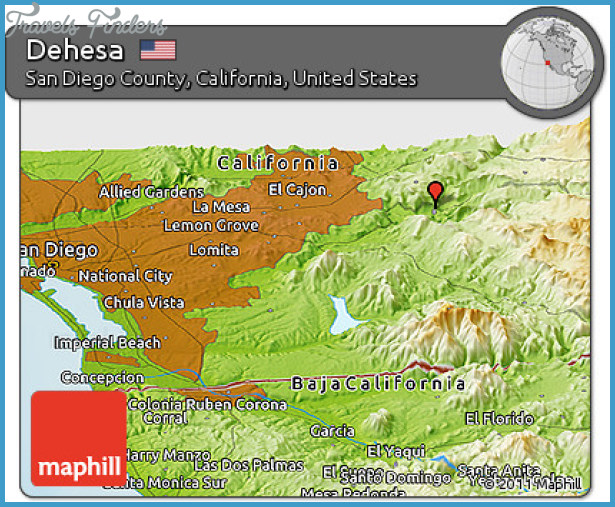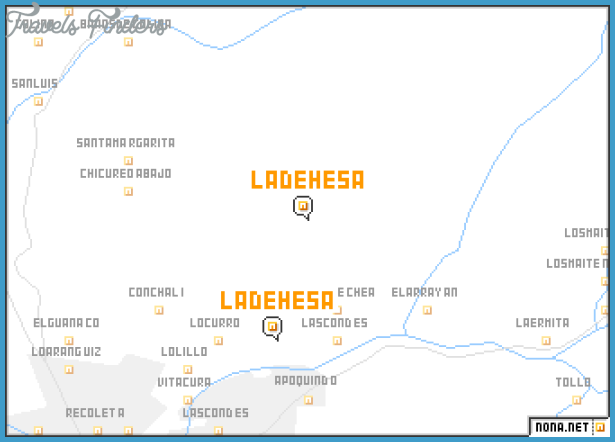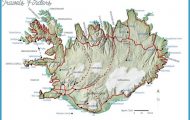It is early morning in spring and the cool, rather languid air is flavoured with the heady aroma of Rosemary and Marjoram. The rising sun, as yet a golden-red globe on the horizon, will soon start to suffuse its warmth. Mist rises between the olive-coloured oaks as the dew of the cold night slowly evaporates and the trees begin to cast long shadows like rows of medieval soldiers preparing for battle.
I’m in Spain, not far from the ancient conquistador town of Trujillo, and I’m standing at the side of a narrow track surrounded on all sides by a scatter of these stately oaks.
I could be almost anywhere in Extremadura the far west of Spain and the country’s least populated region, because I’m in the midst of the Spanish dehesa -called montados in neighbouring Portugal – and it stretches as far as I can see in every direction, clothing virtually all of the land.
Of all the incredibly beautiful places in the world, to me this part of Spain is one of the most attractive and evocative. A patchwork of dappled sun and shade, the dehesa is a landscape of scattered Holm and Cork Oaks growing on flower-specked grassland grazed by sheep or cattle. In more open spots where the oaks are few, there’s a little cereal cultivation too.
But this dehesa landscape is far from being natural. And I think that is part of the reason I find it so attractive. Man-made, it remains even today a living landscape worked by farmers. The antithesis of a modern-day, intensive farming operation, dehesa farming is a gentle and eminently sustainable exploitation of the land that has changed hardly at all for centuries. As a result, it has become one of the richest wildlife habitats in Europe.
As I stand here on the trackside, and the last puffs of dampening mist evaporate off the dew-wetted grasses and flowers, a chorus of birds is tuning up for a day of song. Greenfinches with their mellow cadenzas and little yellow Serins with their jingling tunes like tiny splinters of falling glass compete for attention with the roller-coaster pitches of Woodlarks. But I can’t see any one of them; they are all hidden from view in the olive-leaved trees.
A flash of blue and cinnamon, coupled with some harsh shrieks, gives away a posse of Azure-winged Magpies as they zoom in follow-my-leader flight from the low branches of one oak to the next, never staying visible for too long. Another chorus begins. Gathering metronome-like pace, cicadas – large, brown-winged insects -begin their incessant chatter in one tree and then in another as the warming shafts of the sun illuminate the oaks in succession in its morning’s heat-giving voyage across this bewitching landscape. Once the cicadas get going, they will not stop until the cool of the spring evening returns and they slow to a halt, one at a time, finding it not warm enough to give them the energy to keep the tiny membranes on the sides of their abdomen clicking rhythmically. All day long in summer, theirs is the background beat to everything else that makes any sound out here, like an old steam train puffing in the distance from dawn to dusk or an elderly grandfather clock ticking steadfastly in a cottage.
Dehesa Map Photo Gallery
As I walk between the sentinel oaks absorbing these sounds, ground beetles in lustrous greens, coffee and anthracite make their first forays of the day, and shrewsized, brown-furred spiders go scuttle-about from their trap burrows. Some vivid blue Grape Hyacinths and rose-pink Gladioli are in early flower, contrasting with the brown and yellow, bluebell-shaped Dipcadi to give the green tablemat of turf under the trees a pointillist speckle of colours. Elsewhere on the warming ground, a scatter of dead oak branches is pockmarked with the burrowing of a myriad of wood-dwelling insects. This place is alive with creatures great and small.
As the temperature rises, a couple of huge, pale chocolate-coloured Griffon Vultures drift in the heating air above, their enormous wings held out like a pair of ragged curtains to catch every puff of updraft. They are setting off on yet another day’s high-level patrol across the blue skies, their all-spotting eyes fixed on the dehesa below to spy any animal that might have breathed its last during the night.
But some of the wonders of the dehesa are much more difficult to spot than the very obvious vultures. Wildcats and the more widespread Common Genet, a small, spotted, long-tailed, cat-like mammal sacred to the Ancient Egyptians, patrol between these trees at night on the lookout for small mammals and birds to pounce on. A few packs of forest-breeding wolves, today undergoing a steady increase here after years of persecution, and an occasional Eagle Owl do the same.

